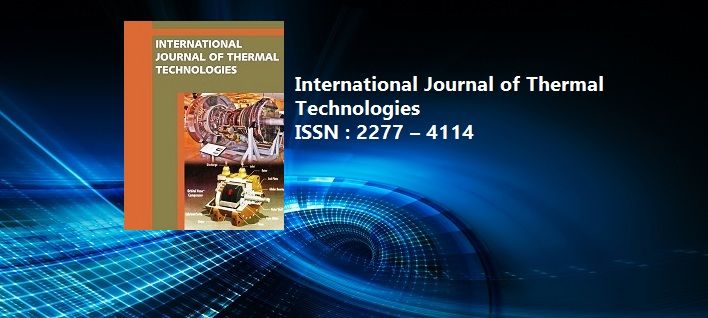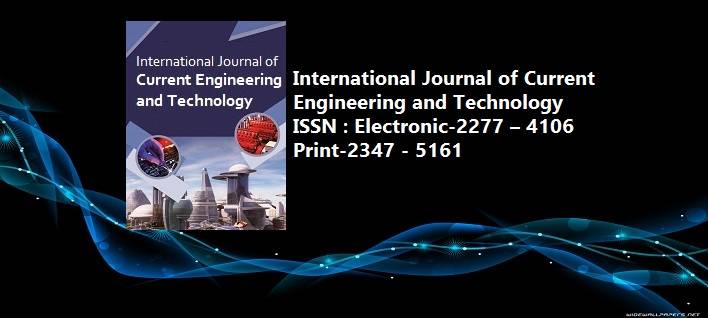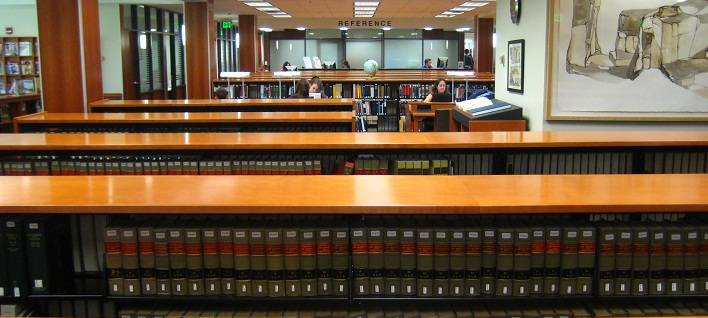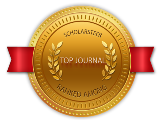Joint Analysis of Aluminium Alloys AA2014 welded to AA5052 by Friction stir welding using Taguchi method
Pages : 1733-1736
Download PDF
Abstract
Friction stir welding is a technique used to join materials which are difficult to weld, like Aluminium. It is solid state joining process used to join two workpieces together without actually melting the workpiece material. The tool is non-consumable and is rotating in between the workpieces facing each other. This tool is plunged into the joint area between the two different workpieces. The friction between tool and workpiece causes heat which further soften the region in workpiece near tool without reaching its melting point. This enables the tool to traverse along weld line. The soften and hot pieces of metal forged through close contact with tool shoulder and pin profile. The experiment was conducted to find the effect of different controllable parameters on the hardness of joint of 5mm AA2014 & AA5052 made by FSW. Brinell Hardness testing machine was used to test the hardness of the welding zone and base metal. Taguchi (MiniTAB 17) was used to optimize process parameters. High speed steel(H13) with shoulder 20mm, pin 6mm dia & 4.7 mm length was used as tool. Hardness test on 9 samples was performed & maximum hardness value of 79.9 HB was found on tool rotation speed 1950rpm, welding speed 50mm/min. & 2° tilt angle. Brinell hardness (HB) will measures the hardness by penetration depth indenter i.e. we have to punch an indentation on the surface of material. Experiment concludes that the hardness increases with increase in tilt angle. Hardness of joint was found satisfactory but lower than the base material AA2014.
Keywords: FSW, Aluminium Alloy, Taguchi method, Hardness test
Article published in International Journal of Current Engineering and Technology, Vol.7, No.5 (Sept/Oct 2017)



















 MECHPGCON, MIT College of Engineering, Pune, India
MECHPGCON, MIT College of Engineering, Pune, India AMET, MIT College of Engineering, Pune, India
AMET, MIT College of Engineering, Pune, India International Conference on Advances in Mechanical Sciences
International Conference on Advances in Mechanical Sciences  International Symposium on Engineering and Technology
International Symposium on Engineering and Technology International Conference on Women in Science and Engineering
International Conference on Women in Science and Engineering




